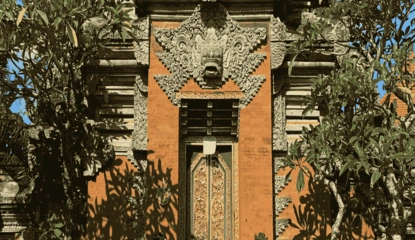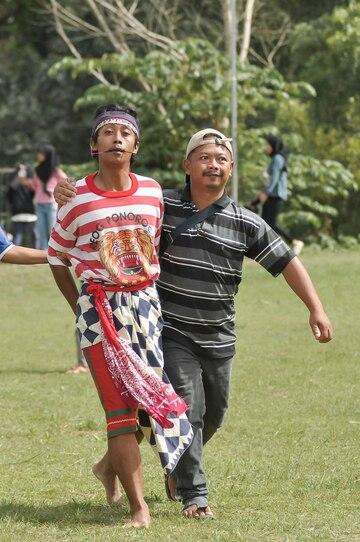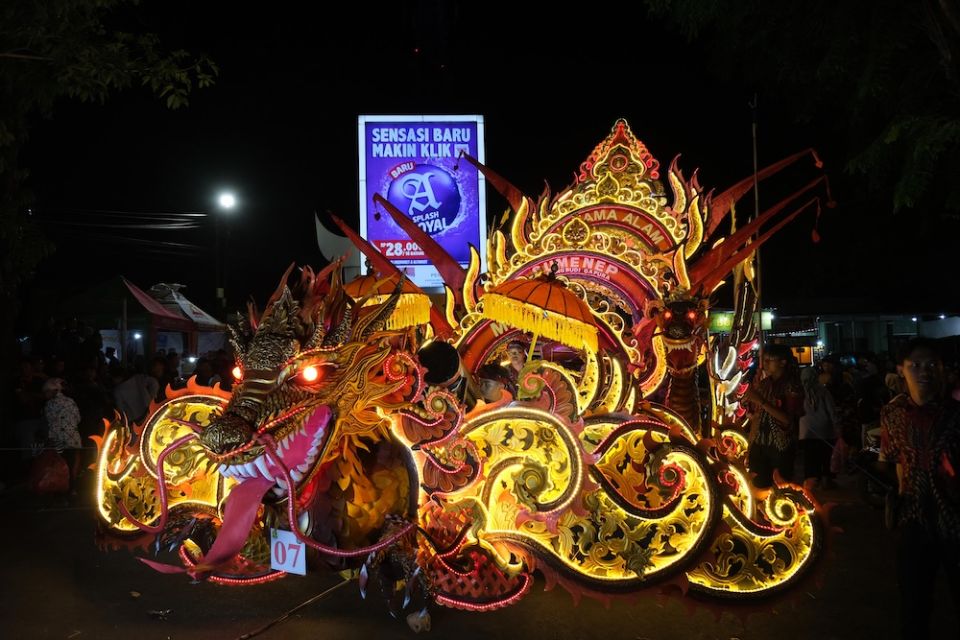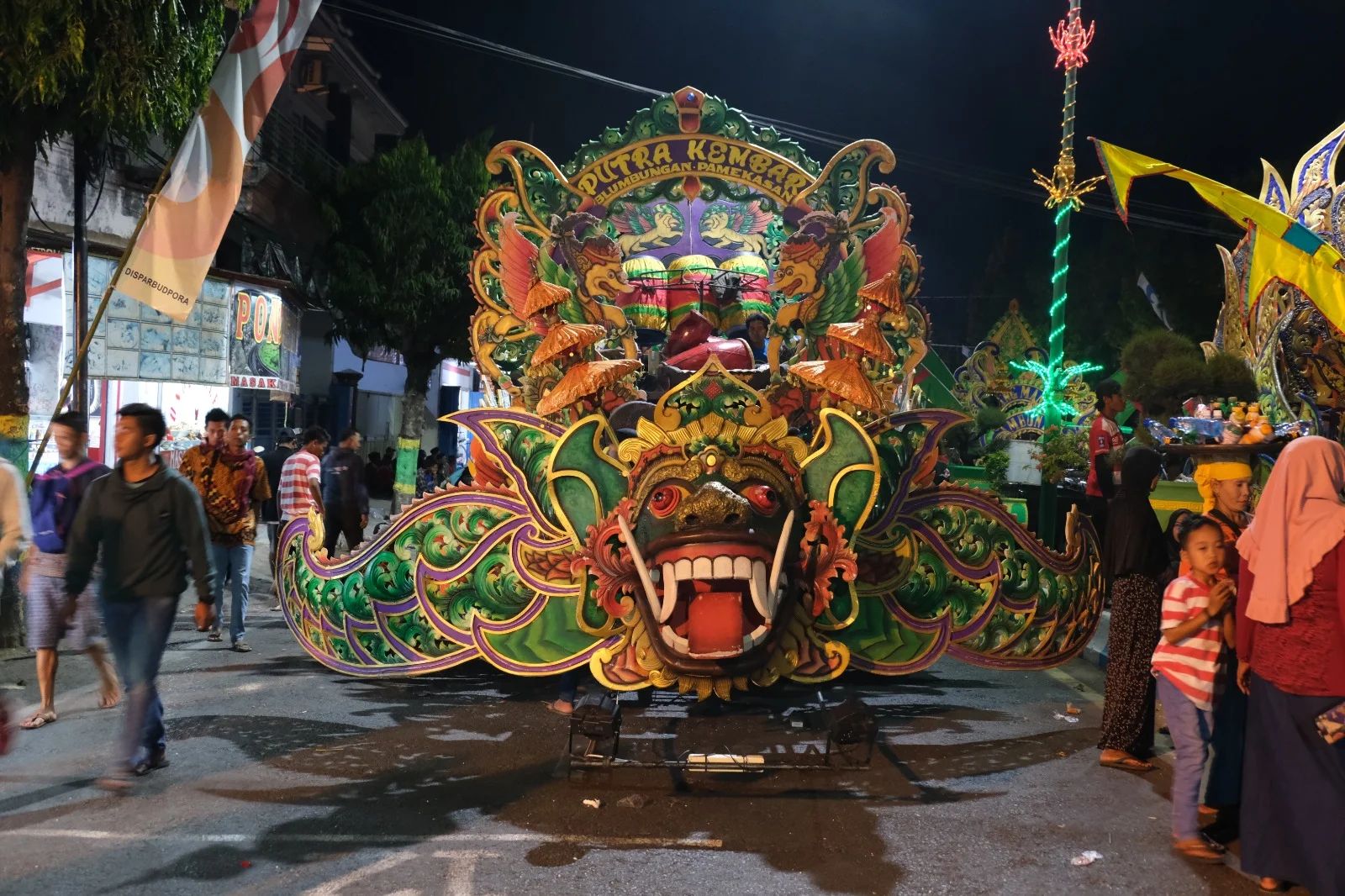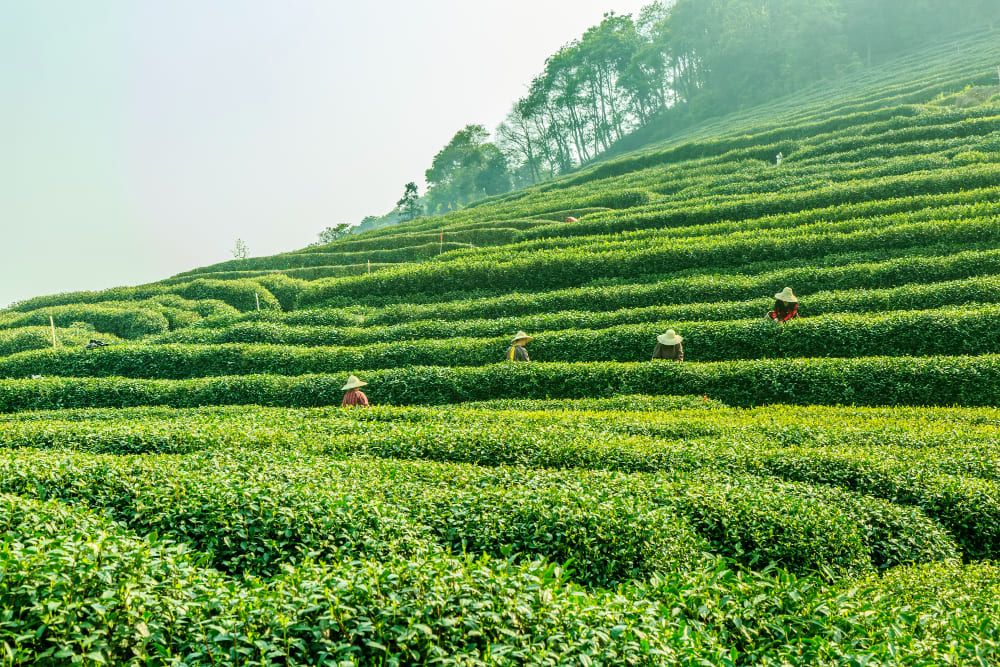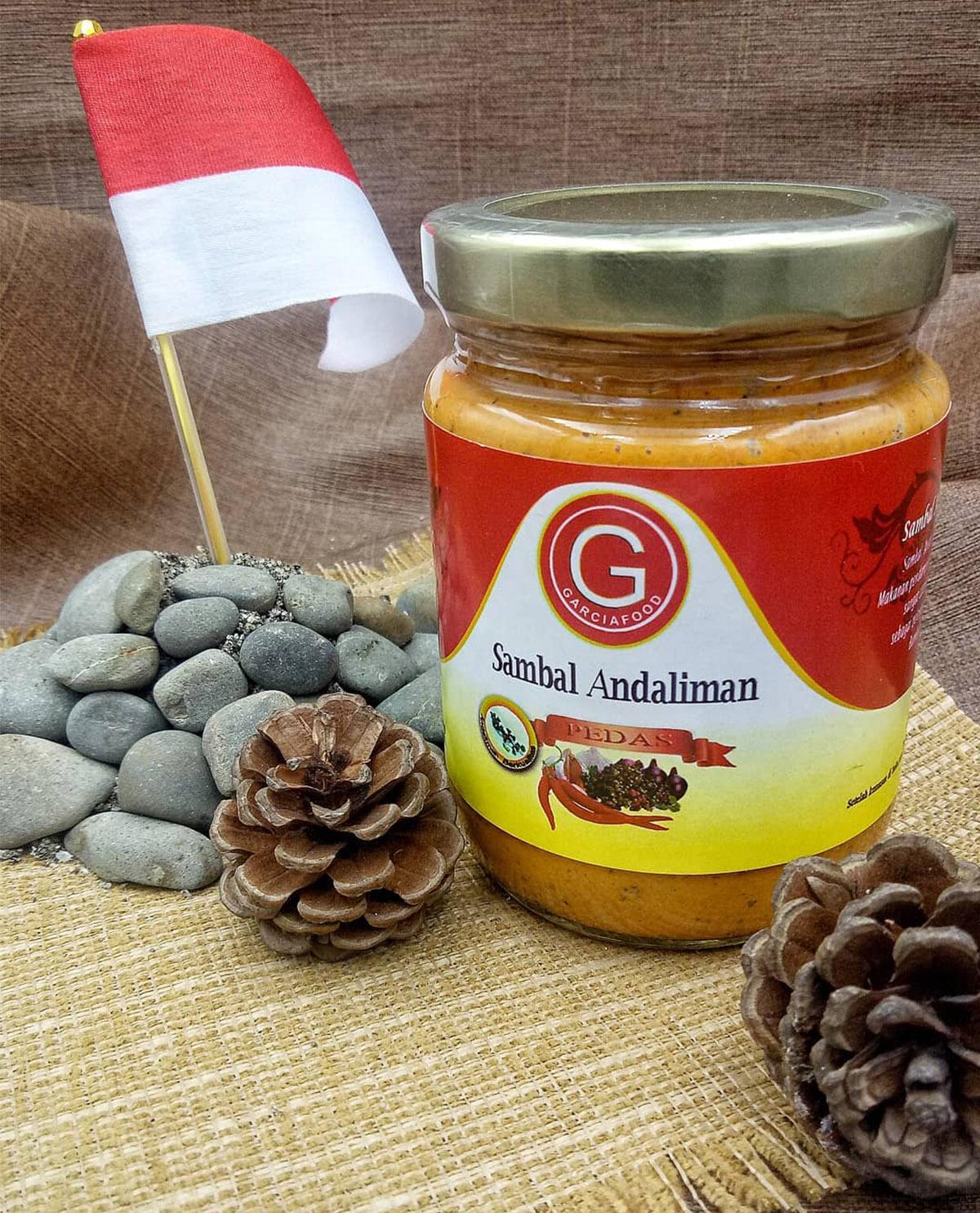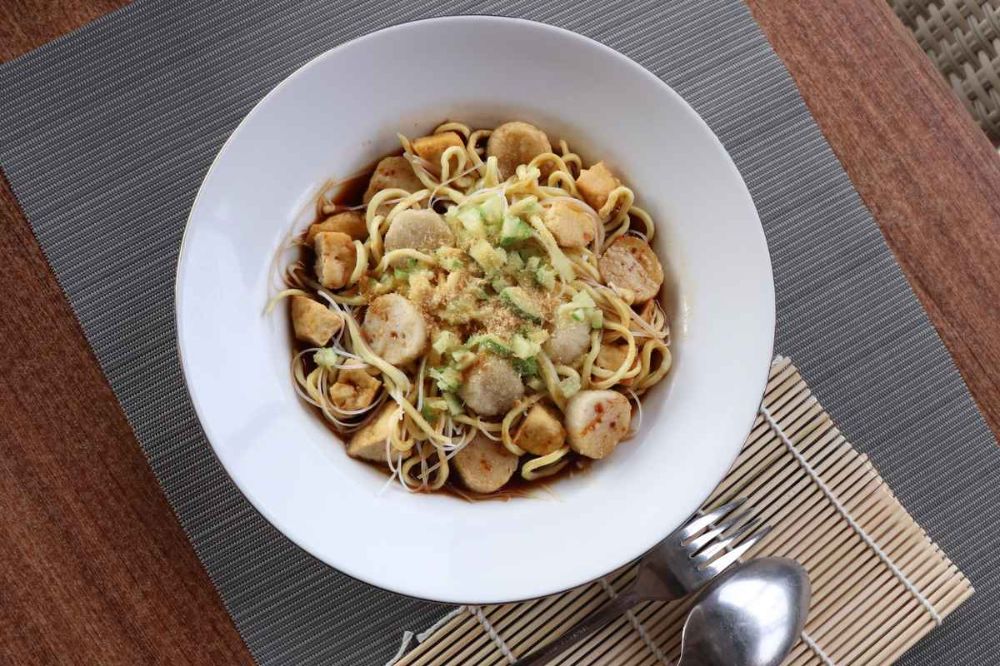Sakera clothing is a traditional attire from Madura that symbolizes the courage, determination, and fighting spirit of the island's people. The name "Sakera" is derived from a legendary Madurese figure, Sakera, a farmer known for his resistance against colonial rule. This attire has become a symbol of the Madurese people's identity, imbued with local values.
This article will delve into the unique features, motifs, usage, materials, and distinctive facts about Sakera clothing.
1. Unique Features of Sakera Clothing
Sakera clothing has several distinctive characteristics that make it iconic and easily recognizable:
- Simple and Loose Design
Sakera clothing is typically a long-sleeved shirt with a loose fit, offering comfort for the wearer, especially during labor-intensive activities like farming.
- Red and Black Colors
The combination of red and black is the hallmark of Sakera clothing. Red represents bravery, while black signifies steadfastness.
- Paired with Poleng Sarong
Sakera clothing is usually worn with a poleng sarong (black-and-white checkered pattern). This motif symbolizes the balance between good and evil in life.
- Traditional Madurese Blangkon
Wearers of Sakera clothing often complement their look with a "tonjol blangkon," a traditional Madurese headpiece with a distinctive protrusion at the back.
2. Motifs of Sakera Clothing
The motifs in Sakera clothing are simple yet rich in meaning:
- Horizontal Stripes Motif
Dominated by red and black stripes, this motif signifies a strong and unyielding fighting spirit. The orderly pattern also reflects the discipline of the Madurese people.
- Poleng Sarong
The black-and-white checkered pattern of the sarong worn with Sakera clothing symbolizes harmony in life. This motif is often associated with the philosophy of life's balance held by the Madurese community.
- Traditional Accents
Although plain in design, additional accents such as simple embroidery or stitching may be added to the collar or sleeves to enhance its appearance.
3. Usage of Sakera Clothing
Sakera clothing serves various cultural and daily functions:
- Everyday Wear
Historically, Sakera clothing was used by farmers and laborers as work attire due to its comfortable and durable design.
- Traditional Events
In traditional ceremonies, public celebrations, and the famous Karapan Sapi (bull racing), Sakera clothing is often worn by participants or leaders to reflect Madurese cultural values.
- Performing Arts
In performing arts such as ludruk (traditional theater) or Madurese dances, Sakera clothing serves as the main costume to depict the resilient Madurese man.
- Commemorative Events
This attire is frequently worn at official events, such as national celebrations, by both the Madurese community and local officials to showcase their cultural heritage.
4. Materials of Sakera Clothing
The materials used to create Sakera clothing are tailored to its functional needs:
- Cotton
Cotton is the primary material for Sakera clothing due to its lightweight, comfortable texture, and ability to absorb sweat, making it suitable for Madura’s hot climate.
- Handwoven Sarong
The poleng sarong paired with Sakera clothing is usually made from traditional handwoven fabric, offering a sturdy and durable quality.
- Complementary Accessories
Accessories like blangkon or headscarves are often crafted from the same material as the sarong to ensure a cohesive appearance.
5. Unique Facts About Sakera Clothing
Sakera clothing holds several unique aspects that make it special:
- Inspired by a Legendary Figure
The name and concept of Sakera clothing are derived from Sakera, a local Madurese hero who symbolizes bravery against colonial oppression. The attire has become a symbol of the Madurese people's fighting spirit.
- Representation of Madurese Culture
The combination of its simple yet strong colors and motifs reflects the tough yet polite character of the Madurese community.
- Symbolic Clothing in Karapan Sapi
In the Karapan Sapi tradition, Sakera clothing is a symbol of pride for the jockeys who wear it, enhancing the spirit of competition.
- Integration in Arts and Tourism
Sakera clothing is now widely used in promoting Madurese tourism, including cultural festivals and art exhibitions.
- Modern Design Adaptations
While retaining its traditional characteristics, Sakera clothing has been adapted into modern attire such as casual shirts and dresses, appealing to younger generations.





